| item(s), Total: $0.00 View Cart |
| Shopping cart is empty. |
Happy New Year!
I hope you all got to enjoy a break over the silly season (even those of you who work in retail!) and 2018 is off to a great start for you. There's certainly lots of good things in the pipeline for us here @ Green Life Soil Co.Just prior to Christmas we received notification that three products had been accredited under the Smart Watermark Approved Scheme and the Watercorp's WA Waterwise scheme. |
 |
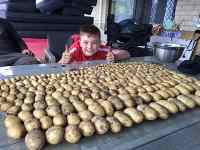 |
 |
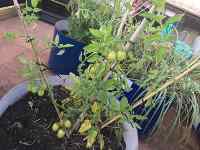 |
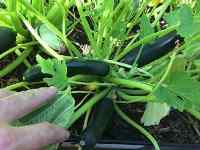 |
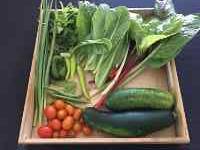 |
So why not send us in some photos like Craig? You've got to be in it to win it!
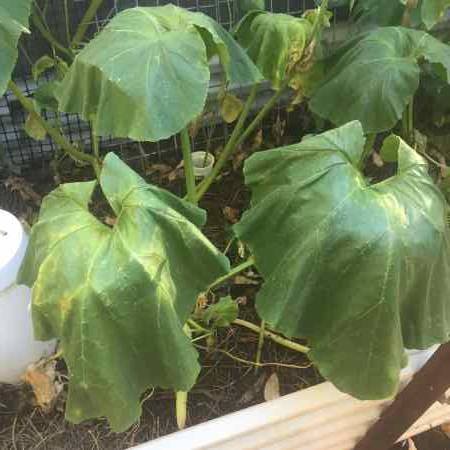 Someone suggested this as a topic that would grab people's attention. I guess she was right - summer in Perth is a challenging time for gardeners. Look at our poor pumpkin (pictured right) I photographed this week. It had been growing beautifully - then this happened once the temperature reached high 30's. (It did recover later that day and is flowering; so I hope we get some fruit setting soon.)
Someone suggested this as a topic that would grab people's attention. I guess she was right - summer in Perth is a challenging time for gardeners. Look at our poor pumpkin (pictured right) I photographed this week. It had been growing beautifully - then this happened once the temperature reached high 30's. (It did recover later that day and is flowering; so I hope we get some fruit setting soon.)Let's face it, we basically live in a desert and expect to have gardens like we see in Europe or Bali. Which - by the way - isn't impossible, but just not easy. Or cheap.
There are two unavoidable challenges most Perth gardeners face.
(1) hot summers and (2) sandy soil.
Hot Summers - The solution
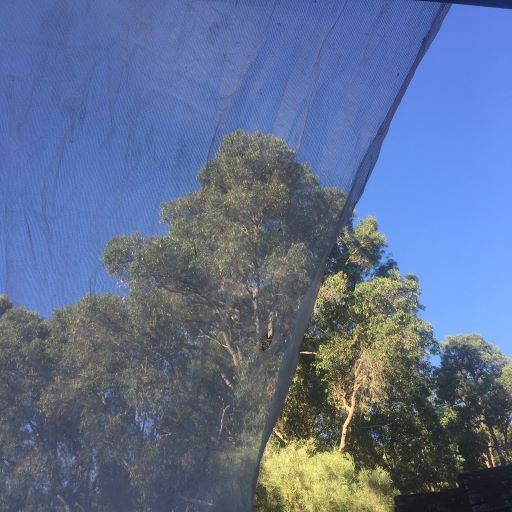 Provide shade to your plants on the hottest days. Just a reminder we carry white horticultural grade shadecloth in 70%, 4m wide (pictured right). Hopefully 50% white shadecloth will also be available soon (we're waiting on a shipment to arrive); but we do have 30% 3.6m wide shadecloth available - but it's only manufactured in green (pictured below right). Avoid using darker colour shadecloth in higher percentages for your garden. It's designed for human comfort and not for optimal plant growth.
Provide shade to your plants on the hottest days. Just a reminder we carry white horticultural grade shadecloth in 70%, 4m wide (pictured right). Hopefully 50% white shadecloth will also be available soon (we're waiting on a shipment to arrive); but we do have 30% 3.6m wide shadecloth available - but it's only manufactured in green (pictured below right). Avoid using darker colour shadecloth in higher percentages for your garden. It's designed for human comfort and not for optimal plant growth.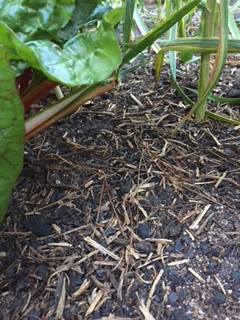 Mulch is the other garden essential for summer plant survival. There are lots of different kinds available - depending on your garden style, personal taste, and budget. Come in and have a look at them - we're happy to give you our recommendation/s. You may find straw mulch applied in early spring may need a top up mid summer to provide maximum protection to the soil below. If the layers have broken down underneath - it's time to throw some more on top. This garden pictured right has nowhere near enough mulch left to be useful for protecting the soil.
Mulch is the other garden essential for summer plant survival. There are lots of different kinds available - depending on your garden style, personal taste, and budget. Come in and have a look at them - we're happy to give you our recommendation/s. You may find straw mulch applied in early spring may need a top up mid summer to provide maximum protection to the soil below. If the layers have broken down underneath - it's time to throw some more on top. This garden pictured right has nowhere near enough mulch left to be useful for protecting the soil.Generally lighter coloured, coarse mulch is effective for reflecting heat (darker colours absorb it) and for allowing water to penetrate between particles. Our old fashioned love affair in Perth with 'Karri & Peat' mulch needs to end, now we know there are better alternatives.
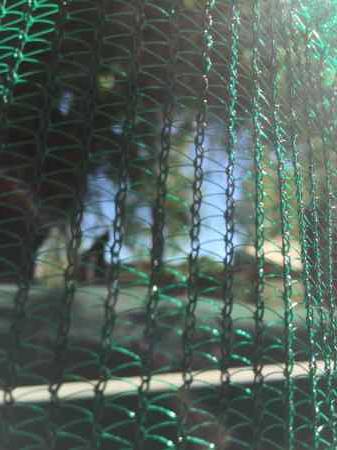 The same goes for exotic plants (ie. anything that isn't a local native species). Research where they originated, and think about how that compares to your desired planting position. Chances are you'll need to do some work BEFORE planting to make sure you make the conditions as ideal as possible. Good soil preparation and establishing the appropriate microclimate can take some time (even YEARS if you're waiting for pioneer species or canopy trees to get established). It can be tempting to rush out and buy all your lovely plants; but a good garden takes time and patience. Scratch your gardening itch with some fast growing annuals, but plan the structural part of your garden and do it in stages. It may be worth getting a professional designer to help you with your plan (and planting list) so you can have something to work towards and a design drawing will help you visualise the end result, and keep you inspired along the way.
The same goes for exotic plants (ie. anything that isn't a local native species). Research where they originated, and think about how that compares to your desired planting position. Chances are you'll need to do some work BEFORE planting to make sure you make the conditions as ideal as possible. Good soil preparation and establishing the appropriate microclimate can take some time (even YEARS if you're waiting for pioneer species or canopy trees to get established). It can be tempting to rush out and buy all your lovely plants; but a good garden takes time and patience. Scratch your gardening itch with some fast growing annuals, but plan the structural part of your garden and do it in stages. It may be worth getting a professional designer to help you with your plan (and planting list) so you can have something to work towards and a design drawing will help you visualise the end result, and keep you inspired along the way.Sandy Soil - the solution
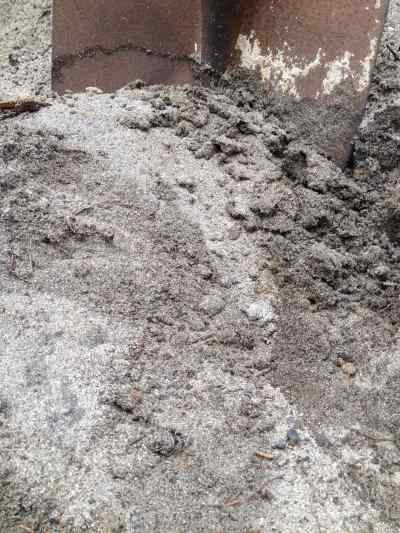 Perth's sandy soil definitely is a challenge - but not one that can't be dealt with. Organic matter will help feed the soil - but did you know that it can increase water repellency? Many native plants and pasture legumes (including lucerne and lupins) leave a waxy coating behind as they decompose. Sheep don't digest this substance when they are eating the pasture, so it accumulates in their manure - so using sheep manure can lead to water repellency on sandy soil. In addition, some soil fungi (a natural part of the soil food chain) exude waxy substances. So WHY do we want to add organic matter if it can make our sandy soils even more water repellent??? (Gutless Bassendean sand - pictured right)
Perth's sandy soil definitely is a challenge - but not one that can't be dealt with. Organic matter will help feed the soil - but did you know that it can increase water repellency? Many native plants and pasture legumes (including lucerne and lupins) leave a waxy coating behind as they decompose. Sheep don't digest this substance when they are eating the pasture, so it accumulates in their manure - so using sheep manure can lead to water repellency on sandy soil. In addition, some soil fungi (a natural part of the soil food chain) exude waxy substances. So WHY do we want to add organic matter if it can make our sandy soils even more water repellent??? (Gutless Bassendean sand - pictured right)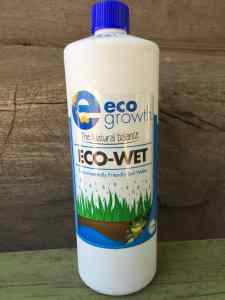 Using a liquid soil wetter will dissolve the waxy coating off sand particles and improve your soil's wettability. This is a quick way to improve hydrophobic soil, but tends to be a short term solution; requiring re-application a few times a year. Avoid using dishwashing detergents which can be harmful to soil microbes and often contain phosphate and alkaline salts. We recommend Eco-wet as a more environmentally friendly option - as it is made from organic humate compounds which are beneficial.
Using a liquid soil wetter will dissolve the waxy coating off sand particles and improve your soil's wettability. This is a quick way to improve hydrophobic soil, but tends to be a short term solution; requiring re-application a few times a year. Avoid using dishwashing detergents which can be harmful to soil microbes and often contain phosphate and alkaline salts. We recommend Eco-wet as a more environmentally friendly option - as it is made from organic humate compounds which are beneficial.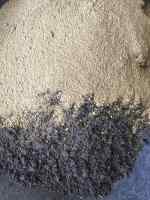 In addition to using a liquid soil wetter, adding a clay will change the structure of your soil permanently. There are a number of different clay products available on the market. Clay should be mixed through existing sandy soil rather than just added on top. (If you have plants already in the ground which you don't want to damage - we can provide you with some tips.) We're happy to talk to you about your situation and make recommendations, based on our experience and feedback from customers. Clay AND organic matter added at the same time is usually the best way to turn your sand into a decent growing soil.
In addition to using a liquid soil wetter, adding a clay will change the structure of your soil permanently. There are a number of different clay products available on the market. Clay should be mixed through existing sandy soil rather than just added on top. (If you have plants already in the ground which you don't want to damage - we can provide you with some tips.) We're happy to talk to you about your situation and make recommendations, based on our experience and feedback from customers. Clay AND organic matter added at the same time is usually the best way to turn your sand into a decent growing soil. Charlie Charcoal, Cassies Clay and Sand Remedy have all recently been given Smart Watermark approval, following independent testing which showed that these products all aided plant survival with decreased water use.
Charlie Charcoal, Cassies Clay and Sand Remedy have all recently been given Smart Watermark approval, following independent testing which showed that these products all aided plant survival with decreased water use. Sweet Potato
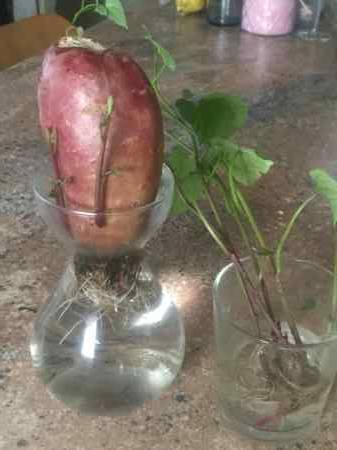 If you've never grown sweet potato - why not try it? It LOVES the heat (providing it gets adequate moisture) and is easy to propagate (see below).
If you've never grown sweet potato - why not try it? It LOVES the heat (providing it gets adequate moisture) and is easy to propagate (see below).
It can be grown as a ground cover and can be very vigorous. Where we are (Perth Hills) it dies off in winter due to frost & cold - but in other areas it grows year-round fairly happily - even if it goes a bit "off" over winter.
How to Propagate
Buy a nice looking small-ish sweet potato (only because it's easier to handle than a huge one!). Organic and locally grown if possible.
You'll need to suspend the sweet potato in water - pointiest end down. You can use toothpicks or skewers to piece the skin and support the weight of the potato above the water, or you can use a jar or glass that can hold the potato upright. Only the tip (a couple of cms) needs to be in contact with the water. Top up every couple of days when the level drops. I use a hyacinth vase (pictured here) - because (a) I've got one and (b) it's easier than messing around with toothpicks.
Leave the sweet potato somewhere warm - a window sill is ideal. In the cooler months it can take weeks for anything to happen, but in warmer weather it should start to sprout within a few weeks.
You'll see roots emerging from the base of the potato, and shoots emerging upwards from sides of the sweet potato. Once these shoots are about 10 - 15cms long, and leaves are emerging from them, pinch them carefully at the base (where they join the sweet potato) and carefully pull them down and off the 'parent'.
 Put these shoots (or 'slips') into another glass with a couple of cms of water in it. Leave on the window sill and in just a few days, you'll see roots developing on these slips (see photo to the right). The tops will continue to grow, and once you feel there is enough root development to support the slip, you can plant it out! Just remember if it has been indoors on your window sill it will need some protection and 'hardening off' to handle the full sun. (Hardening off means to put it somewhere it will receive some sun but is mostly protected. Then increase the amount of sun slowly over a couple of weeks until the plant has toughened up to handle full sun.)
Put these shoots (or 'slips') into another glass with a couple of cms of water in it. Leave on the window sill and in just a few days, you'll see roots developing on these slips (see photo to the right). The tops will continue to grow, and once you feel there is enough root development to support the slip, you can plant it out! Just remember if it has been indoors on your window sill it will need some protection and 'hardening off' to handle the full sun. (Hardening off means to put it somewhere it will receive some sun but is mostly protected. Then increase the amount of sun slowly over a couple of weeks until the plant has toughened up to handle full sun.)
One Sweet potato will produce many slips - so you can get lots of plants from the one tuber.
Sweet potato will tolerate a wide range of soil types, but will do best in good vegie garden conditions. The plant will grow and ramble. As it grows, the runners will begin to form new sweet potatoes where the runners take root. The smallest potatoes will be the youngest ones - so work backwards and bandicoot up one of the tubers from an older section of the vine to find a bigger one. It can take 3 - 6 months in the ground for a good sized sweet potato to form. Once weather cools down (depending on your location) if the vine begins to die down, harvest all the potatoes and replant next Spring/Summer.
Tomato Contest 2018
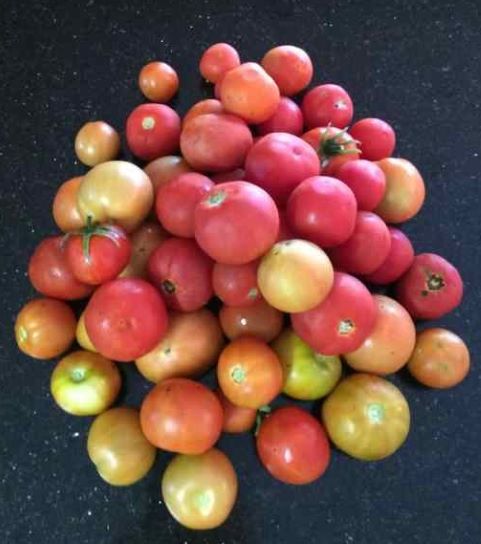 Well - it seems to roll around so quickly - but it's time once more for Green Life's annual TOMATO CONTEST! Something a bit of fun for Perth tomato growers that we have run for a few years now.
Well - it seems to roll around so quickly - but it's time once more for Green Life's annual TOMATO CONTEST! Something a bit of fun for Perth tomato growers that we have run for a few years now.
There are prizes to be won for biggest/smallest/weirdest* and TASTIEST tomato.
• 1st Prize $250 Green Life Soil Co Voucher
• 2nd Prize $100 Green Life Soil Co Voucher
• 3rd Prize $50 Green Life Soil Co Voucher
• Certificate for the winners
• Prizes for novelty categories
• Encouragement Certificate for Under 12’s
Bring in your tomatoes by 1.30pm (2.00pm is our closing time) on Sunday, 28th January - the Australia Day long weekend.
You can enter one tomato (or submit a couple of the same variety under one entry for practical reasons - ie. cherry tomatoes that would be hard to divide up for judging) or more than once if you have several varieties, or unique specimens.
Each entry will cost a gold coin donation which will go to charity - so don't be cheap!!. (The winner gets to choose their favourite registered charity.)
You will need to fill out a form with your details and as much info as possible about the tomato (variety name is useful, for example!). Each tomato will then be given a number and judged anonymously. You can fill out the forms in store when you drop off your entries - or you can download a copy here.
(*weirdest is totally open to our interpretation - and will only be awarded if a suitable entrant is presented)
Certificates will be issued to winners and bragging rights are automatic.
So go speak nicely to your tomato plants and give it a go!
VIP Special Offer
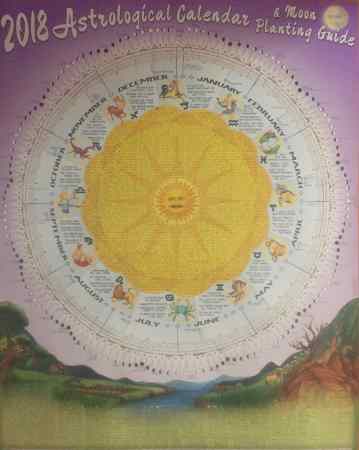
In store shoppers - please ask our team for the member's discount.
Also - online shoppers - here's another special deal. Until the 31st January - use discount code 'hotsummer' at checkout to receive FREE delivery* with a standard online order over $100. If you haven't ordered from us in a while - here's the chance to get some garden goodies delivered to your door for less.
*Discounted delivery does NOT include bulk delivery items (see our FAQ's & online delivery zone map for more information).
For those of you who purchase over $200 this month - we'll add a FREE premium bag to your order.
You can check out our new fancy packaging of our Certified Organic Seed Raising Mix or our Green Life Soil Builder/Concentrate for example!
Or else choose from Certified Organic Vegie Mix or Vegie Concentrate, Top Dress Mix or Lawn Concentrate, Blueberry Potting Mix, Certified Organic Premium Potting Mix, Native Mix or Native Concentrate, etc. The choice is up to you (from available stock of our soil mixes and soil concentrates).
Online customers please use the 'Delivery Instructions' box to specify which free bag you'd like us to add to your order. Valid one per order until 31 January 2018.
Thanks for being a wonderful Green Lifer and enjoy January in your garden!
.jpg)

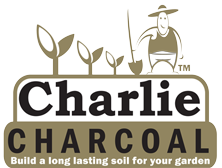

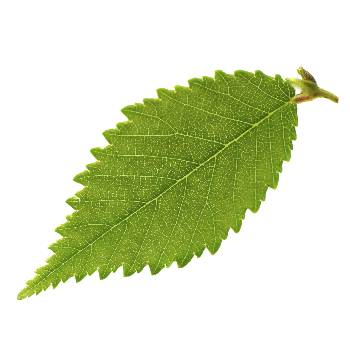
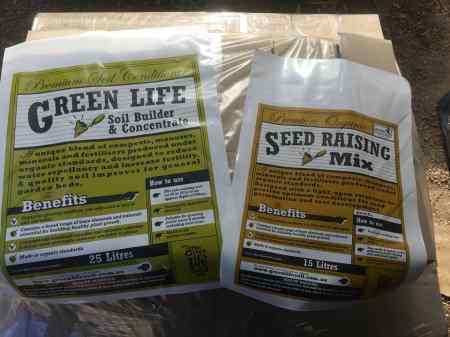 So until next time - happy gardening!
So until next time - happy gardening!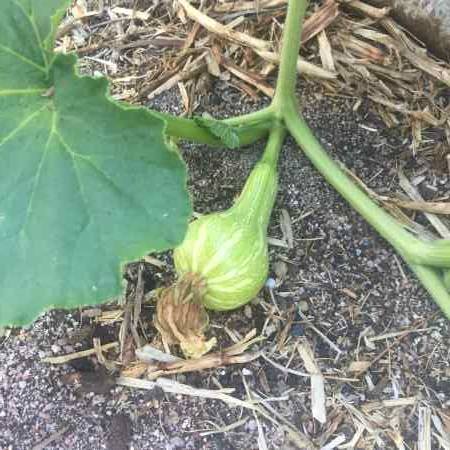
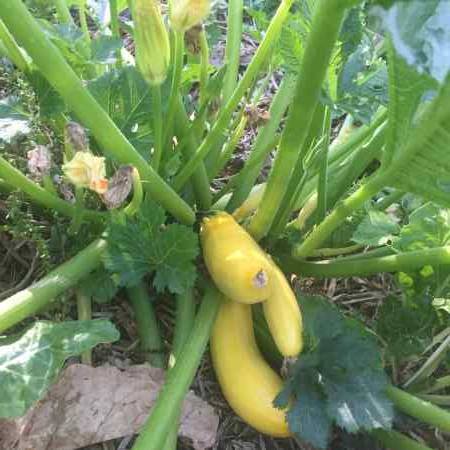 Preserve the harvest. If you're overwhelmed with zucchini, tomato, squash, corn, cucumbers - experiment with drying, pickling, freezing or preserving them! There are so many excellent tutorials online to look at. Harvest your cucumbers and zucchinis when they are small. This will make sure they're sweet and tender. Pictured right is our Golden Zucchini - coming on strong now!
Preserve the harvest. If you're overwhelmed with zucchini, tomato, squash, corn, cucumbers - experiment with drying, pickling, freezing or preserving them! There are so many excellent tutorials online to look at. Harvest your cucumbers and zucchinis when they are small. This will make sure they're sweet and tender. Pictured right is our Golden Zucchini - coming on strong now!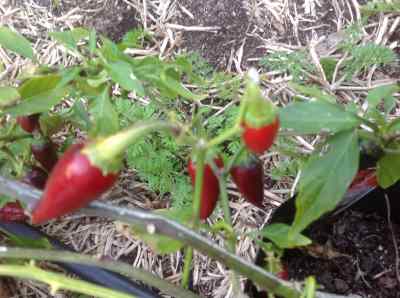 You can still grow capsicum, chilli, eggplant, melons, pumpkin, sweetcorn, tomato, zucchini, sweet potato now - but ensure young plants are well cared for. See our free '
You can still grow capsicum, chilli, eggplant, melons, pumpkin, sweetcorn, tomato, zucchini, sweet potato now - but ensure young plants are well cared for. See our free '




















